As a child growing up in Guatemala, I was once caught in the middle of a cross-fire during a revolution and escaped with a bullet hole in my dress. I knew that the world was not safe. We were taught to always ask if the water was safe (boiled), if the milk was safe (pasteurized), if it was safe to go out to play that day (revolutions).
In particular, we knew to fear gunshots and demonstrating crowds. To this day, I cannot physically participate in a protest with large crowds. I am conditioned to believe they are not safe.
But we believed the U.S. was safe. In the U.S., we could eat the ice cream, drink the water and the milk, go barefoot without fear of hookworm, play outside without fear, go to the movies. The U.S. elected presidents instead of having revolutions. The U.S. was safe.
My youthful utopian images of the U.S. were quickly altered when we returned home in the early 60's. It was the era of courageous marches and sit-ins in support of integration. People were killed for the stands they took. As a college student, I experienced the shock and grief at the assassination of President Kennedy. As a graduate student I mourned the deaths of Reverend Martin Luther King and Senator Robert Kennedy. The U.S. was not so safe if you were Black, Hispanic, American Indian, poor or a politician, but it didn't hold the fear of going out in public that Guatemala sometimes had.
Until now.
The Virginia Tech killings in 2007, the murders in Tucson in 2011 and now, the Aurora, Colorado massacre signal that no one is safe, any more, anywhere. There are about 20 mass shootings every year in the U.S. In addition, every major city experiences violent deaths weekly, sometimes daily -- on the streets, in playgrounds, on doorsteps, even at schools.
It goes beyond the easy availability of assault weapons, although that is certainly a contributing factor. It goes to an attitude, a shift in our culture from the idea that neighbors and communities protect and take care of each other, that we take pride in being a peaceful country where hard work and honesty will win out, to a culture where we tolerate violence. We tolerate violence as long as it doesn't affect us personally.
But it does.
We are all diminished by the mass murders which have taken place with increasing frequency in recent years. It could have been me, my husband, my daughter, her husband, my step-son and step-daughter, my granddaughter, not yet four years old. Any one of us could be the victim, or the grieving relative or friend, right now, today.
Until we finally come to terms with violence in our society and take a position of zero tolerance, until we confront the fact that some weapons are designed to kill many people quickly and should not be available, as long as we sigh with relief that the latest killings did not affect us, we are not safe.